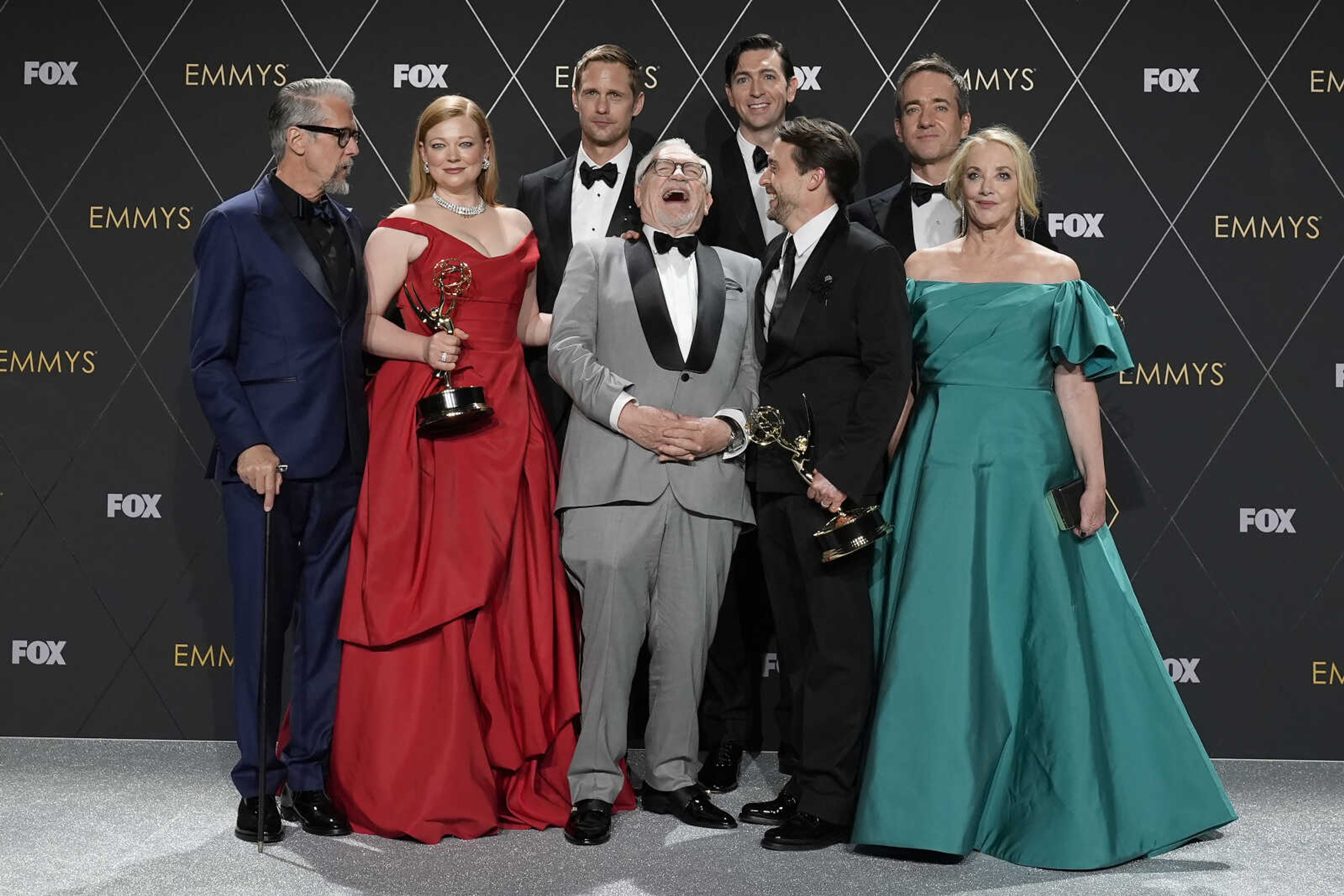Art of medical quakery takes center stage
PHILADELPHIA -- For hundreds of years, the flamboyant sellers of patent medicines relied not only on exorbitant claims and theatrical presentations to push their panaceas, but also employed accomplished artists to create advertisements for their too-good-to-be-true elixirs and gadgets...
PHILADELPHIA -- For hundreds of years, the flamboyant sellers of patent medicines relied not only on exorbitant claims and theatrical presentations to push their panaceas, but also employed accomplished artists to create advertisements for their too-good-to-be-true elixirs and gadgets.
"Quack, Quack, Quack," a new exhibit at the Philadelphia Museum of Art, showcases the prints, posters and pamphlets that guaranteed everything from "animal magnetism" to cures for "the indiscretions of youth" -- and were the precursors of today's spam e-mails and late-night infomercials that also promise the moon but rarely deliver.
"Quacks have been around forever and they're still with us," said William H. Helfand, a longtime collector of medical art and ephemera who organized the show and wrote the accompanying catalog.
It might be hard to understand how anyone would believe some of the claims -- a magnetic wafer that cures sterility? -- or who would think it was beneficial to have "sweet blood." But though the ads might induce some self-satisfied laughter at the naivete of our forebears, the sales of diet pills and no-effort exercise contraptions show we still aren't immune to the charms of magic potions.
"As much as I can laugh up my sleeve when I look at these, I'm not entirely skeptical either; I still think things go better with Coke, though it's probably just the caffeine," said curator John Ittman. "Things that say they'll make us feel better or look better have a strong appeal."
The exhibit's 75 works trace quackery from about 1600 to 1930 and include well-known artists including Maxfield Parrish, William Hogarth and Jacques Callot.
There's the 1885 lithograph for the "health jolting chair," an electrified wooden seat promising women "bright sparkling eyes; a sweet, pure breath; and a vivacious manner." A Parrish poster from the late 1800s for No-To-Bac anti-tobacco gum features the product's gladiator vanquishing his foe, whose shield reads "Nicotine."
The charlatans peddling such products were not without critics, who used humor to illustrate their skepticism. A spoof from 1834 on James Morison's popular vegetable pills, for example, shows a man carrying a pair of wooden peg-legs under his arm and bragging to a friend that the supposed blood-purifiers regrew his lost appendages overnight.
Then, as now, the unbelievers didn't put much of a dent in sales.
"We're always hoping, aren't we? And as long we keep hoping, quacks will never go away," said Helfand, 78, a former pharmaceutical executive who has collected medical-related art for 50 years.
Until the 19th century, quacks traveled from town to town selling their wares. Modern medicine had not yet evolved. Barbers performed surgery and itinerant dentists pulled teeth and dispensed "wonder drugs" that were similar to the opium- and quinine-laden medicine that doctors dispensed.
When bona fide medical practice and licensing took hold, quacks began to sell their own propriety products and used testimonials from the rich and famous. Legislation came that limited the excessive claims of patent medicines, and new testing technology allowed scientists to determine the often-toxic ingredients in secret formulas -- and warn the public.
However, quackery persists from health food stores to magazines in promising quick cures, boundless energy, better memory and a smaller waistline.
"Quacks are the supreme pitchmen," Ittman said. "Madison Avenue learned a lot from these guys."
---
On the Net:
http://www.philamuseum.org/exhibitions/exhibits/quack.shtml%und--of
f(%)
Connect with the Southeast Missourian Newsroom:
For corrections to this story or other insights for the editor, click here. To submit a letter to the editor, click here. To learn about the Southeast Missourian’s AI Policy, click here.








